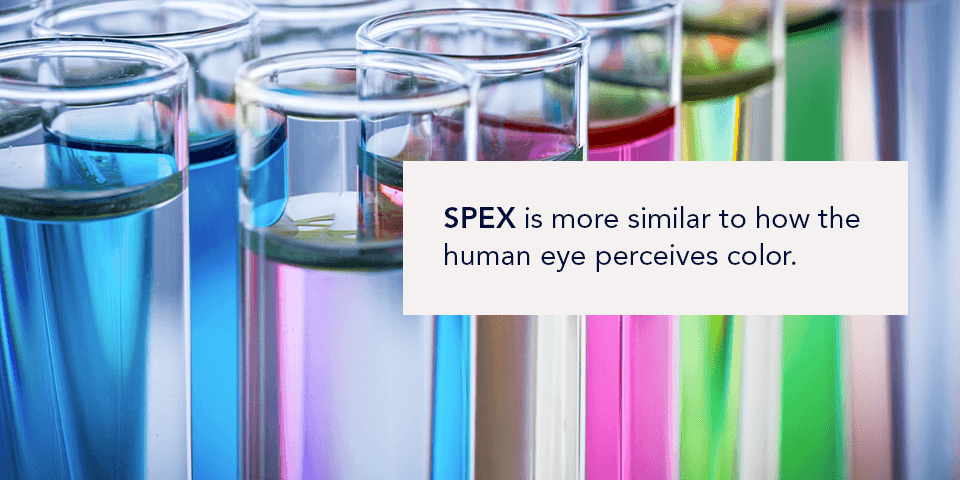
When analyzing a surface, keep in mind that texture influences how color is perceived. High gloss surfaces obscure color, and changing this texture to something more matte can change how the color looks. Since color measurement with a spectrophotometer involves shining light onto the surface and measuring reflectance, special considerations must be made about evaluating color and appearance (SPEX) or color alone (SPIN) with gloss.
Understanding Gloss Measurements
Gloss is a surface attribute that creates a shiny, metallic appearance. This visual perception appears when the surface is elevated and exposed to direct light. Gloss measurements are taken with a glossmeter that determines specular reflection (gloss) by measuring the amount of reflected light at an equal and opposite angle.
Knowing how to measure the color of a gloss depends on the surface type. For coatings, plastics and other nonmetal surfaces, some of the light is absorbed into the material. Metal surfaces are more reflective, so the angle doesn’t need to be so specific.
The settings to use when measuring the color of a gloss depend on the surface type. The standard measuring angles are:
- High gloss surfaces: 20°
- Mid gloss surfaces: 60°
- Low gloss surfaces: 85°
- International standard: 60°
It is important to know gloss measurements because gloss psychologically influences customers, so this aspect needs to be consistent across products and batches.




